Spice Up Your Plate: A Flavorful Journey Through Brazilian Cuisine
Table of Contents
Introduction to Brazilian Spices and Flavors
Brazil is a country that loves to eat, and its cuisine reflects the rich cultural diversity of its people. From the bustling cities to the rural countryside, food in Brazil is a celebration of flavor, texture, and tradition. While the country is known for its iconic dishes like feijoada and churrasco, it’s the spices that truly bring these meals to life.
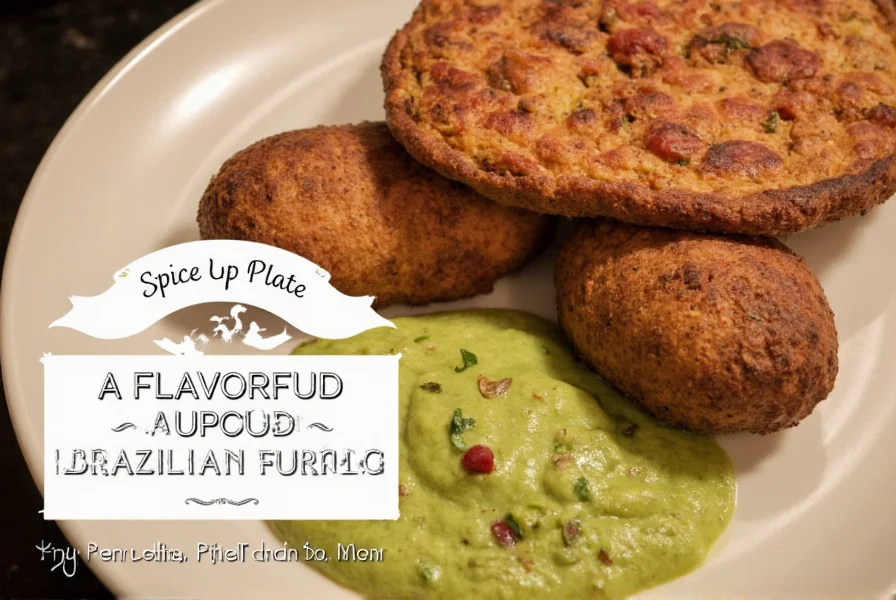
Whether you're a seasoned chef or just starting out, understanding the role of spices in Brazilian cooking can elevate your culinary skills and open up new flavors. In this article, we'll explore the essential spices used in Brazilian cuisine, offer practical tips on how to use them, and guide you through the best ways to find high-quality ingredients. So, let's dive into the world of Brazilian spices and discover why they’re so beloved.
Essential Spices in Brazilian Cooking
Brazilian cuisine uses a wide range of spices, many of which are native to the region or have been introduced through centuries of trade and immigration. Here are some of the most commonly used spices:
- Pimenta-do-reino (Black Pepper) – A staple in many Brazilian recipes, black pepper adds a subtle heat and depth of flavor.
- Canela (Cinnamon) – Often used in desserts and savory dishes, cinnamon brings a warm, sweet aroma to Brazilian food.
- Açaí – Though not a spice in the traditional sense, açaí is a key ingredient in Brazilian cuisine, especially in the north of the country.
- Coentro (Coriander) – Used both as a seed and a fresh herb, coriander adds a citrusy note to many dishes.
- Manjericão (Basil) – A common herb in Brazilian cooking, basil is often found in salads, soups, and sauces.
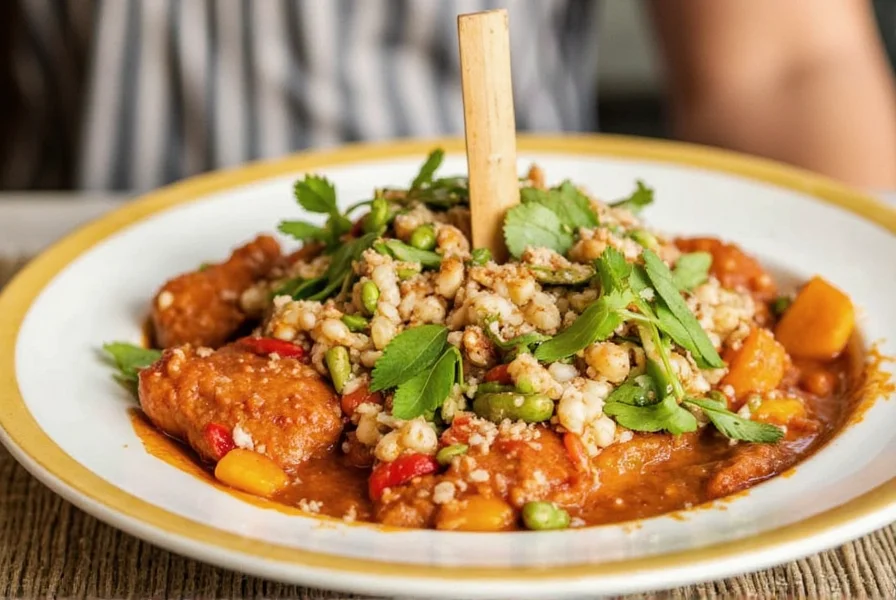
These spices are often combined in unique ways to create the distinct flavors that define Brazilian food. For example, the combination of garlic, onions, and tomatoes with a touch of cumin and paprika gives feijoada its signature taste. Understanding how these spices work together can help you recreate authentic Brazilian dishes at home.
Practical Tips for Using Spices in Brazilian Dishes
Using spices in Brazilian cooking doesn't have to be complicated. With a few simple techniques, you can enhance the flavor of your dishes and bring out the best in each ingredient. Here are some practical tips:
- Start with small amounts – Spices can be powerful, so it's best to start with a little and adjust to taste.
- Toast whole spices before grinding – Toasting spices like cumin or coriander enhances their aroma and flavor.
- Use fresh herbs whenever possible – Fresh coriander, basil, and parsley add brightness and freshness to dishes.
- Experiment with combinations – Don’t be afraid to mix different spices to find what works best for your taste.
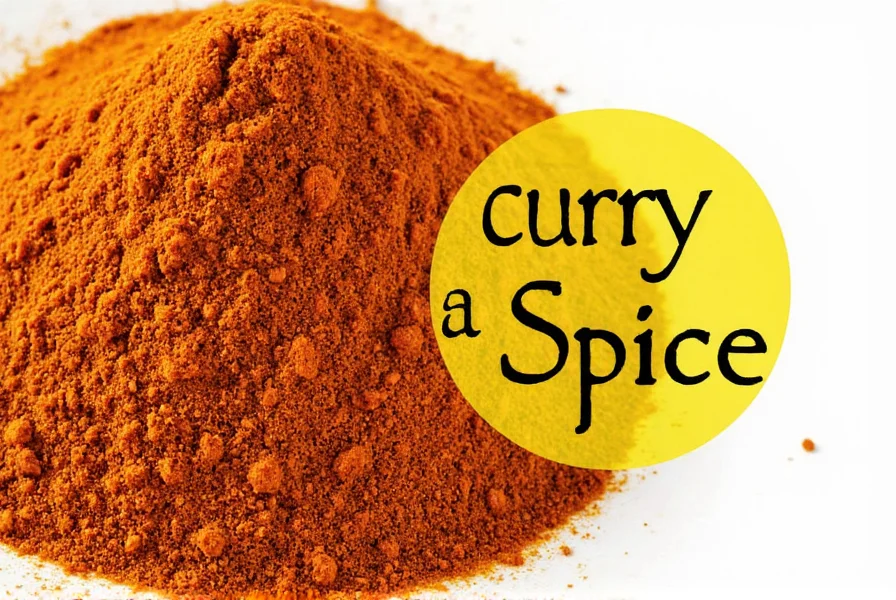
One of the joys of Brazilian cooking is the way spices are used to complement the natural flavors of ingredients rather than overpower them. Whether you're making a spicy pão de queijo or a creamy moqueca, the right balance of spices can make all the difference.
Buying Guide: Finding the Best Spices for Brazilian Food
If you want to truly experience the flavors of Brazil, it's important to choose high-quality spices. Here's a detailed buying guide to help you find the best options:
| Spice | Features | Advantages | Use Cases | Target Audience | Suitable Occasions |
|---|---|---|---|---|---|
| Black Pepper | Whole peppercorns or ground | Enhances depth and heat | Feijoada, grilled meats, stews | Chefs, home cooks | Dinner parties, family meals |
| Cinnamon | Stick or ground | Warm, sweet aroma | Cakes, rice pudding, meat dishes | Bakers, dessert lovers | Holidays, special occasions |
| Coriander | Seeds or fresh leaves | Citrusy, bright flavor | Salads, soups, sauces | Home cooks, health enthusiasts | Lunches, light meals |
| Basil | Fresh or dried | Fresh, aromatic | Salads, pasta, tomato-based dishes | Chefs, food lovers | Dinners, casual gatherings |
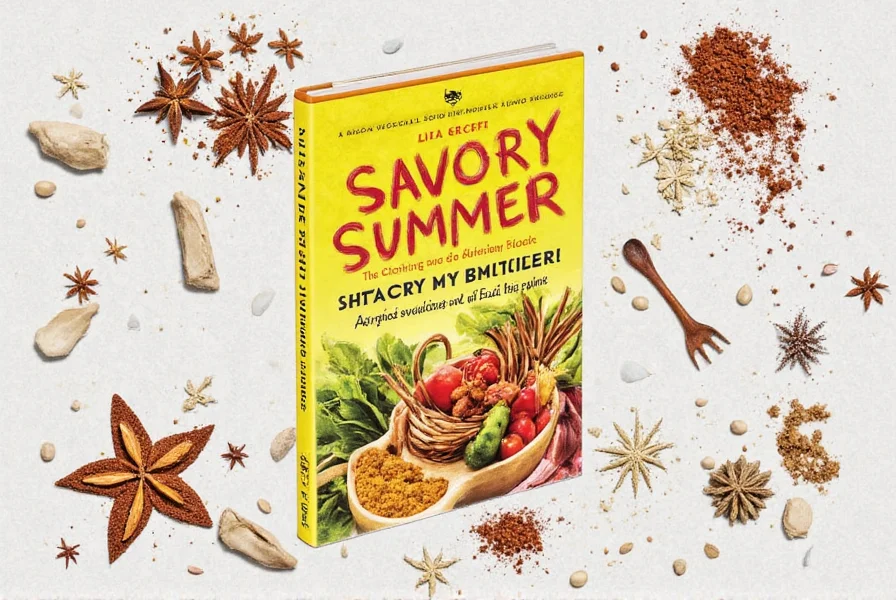
When purchasing spices, look for reputable brands that source their ingredients responsibly. If you're in Brazil, local markets like Mercado Central in São Paulo or Feira de São Cristóvão in Rio de Janeiro are great places to find authentic, high-quality spices. For those outside the country, specialty stores or online retailers that focus on international ingredients are excellent choices.
A Taste of Brazil: Must-Try Dishes and Their Spices
To truly understand the role of spices in Brazilian cuisine, it's helpful to explore some of the country's most iconic dishes. Each of these meals highlights the unique blend of spices that define Brazilian food:
- Feijoada – This hearty black bean stew is often served with pork and rice. It’s flavored with garlic, onions, and a touch of cumin and paprika.
- Churrasco – Brazilian barbecue features marinated meats cooked over an open flame. The marinades often include garlic, rosemary, and oregano.
- Moqueca – A seafood stew from the northeastern coast, moqueca is made with coconut milk, tomatoes, and a variety of spices like garlic, onion, and chili.
- Pão de Queijo – These cheese rolls are a staple in Brazilian bakeries. They’re often seasoned with garlic and cheese, giving them a rich, savory flavor.
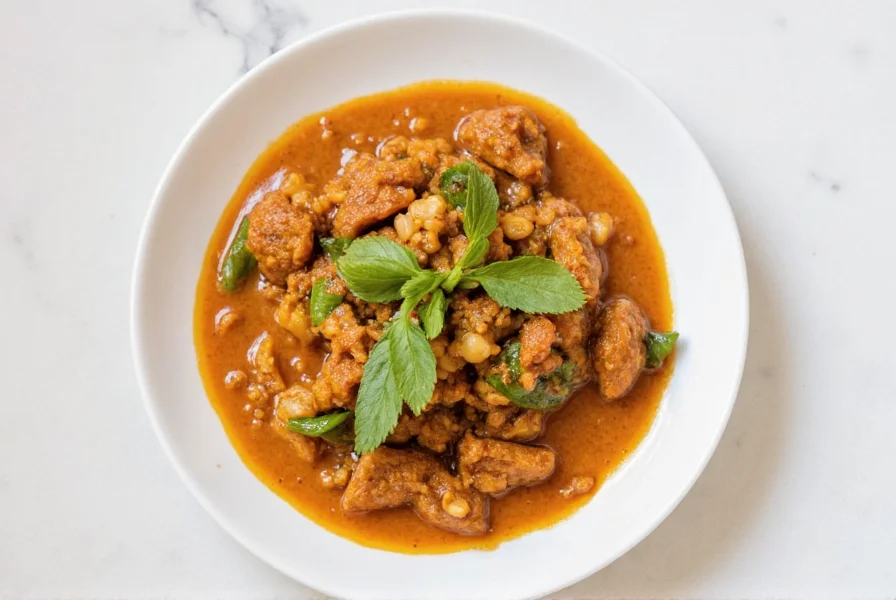
Each of these dishes showcases the importance of spices in creating the complex, layered flavors that make Brazilian food so distinctive. By experimenting with these recipes, you can gain a deeper appreciation for the art of Brazilian cooking.
Conclusion: Embrace the Flavor of Brazil
From the bustling markets of Rio de Janeiro to the quiet villages of the Amazon, Brazil is a land of rich flavors and vibrant traditions. The spices used in Brazilian cuisine play a vital role in bringing these flavors to life, adding depth, warmth, and complexity to every dish.
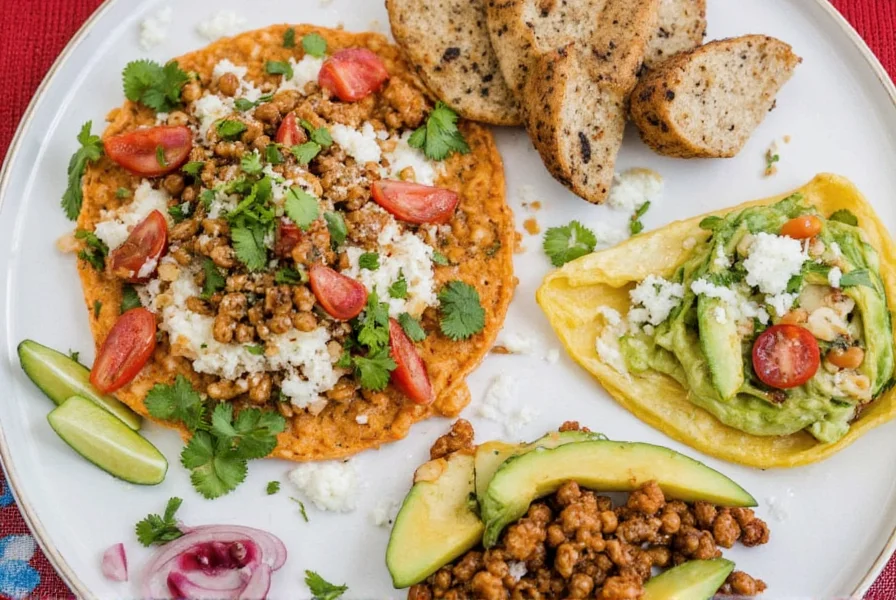
Whether you're a seasoned chef or just starting out, exploring the world of Brazilian spices can be a rewarding and delicious journey. With the right tools, knowledge, and a bit of creativity, you can bring the flavors of Brazil into your kitchen and enjoy the magic of food in Brazil.

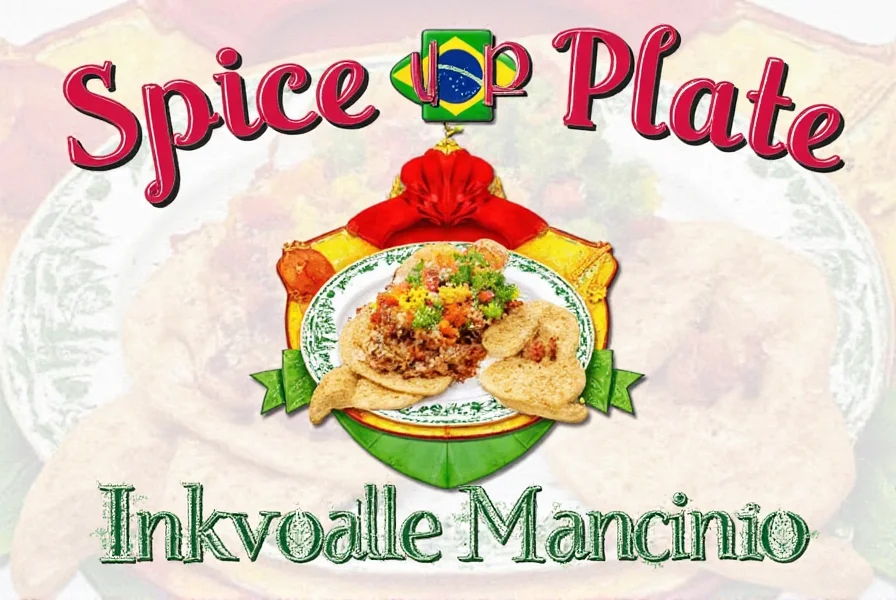









 浙公网安备
33010002000092号
浙公网安备
33010002000092号 浙B2-20120091-4
浙B2-20120091-4